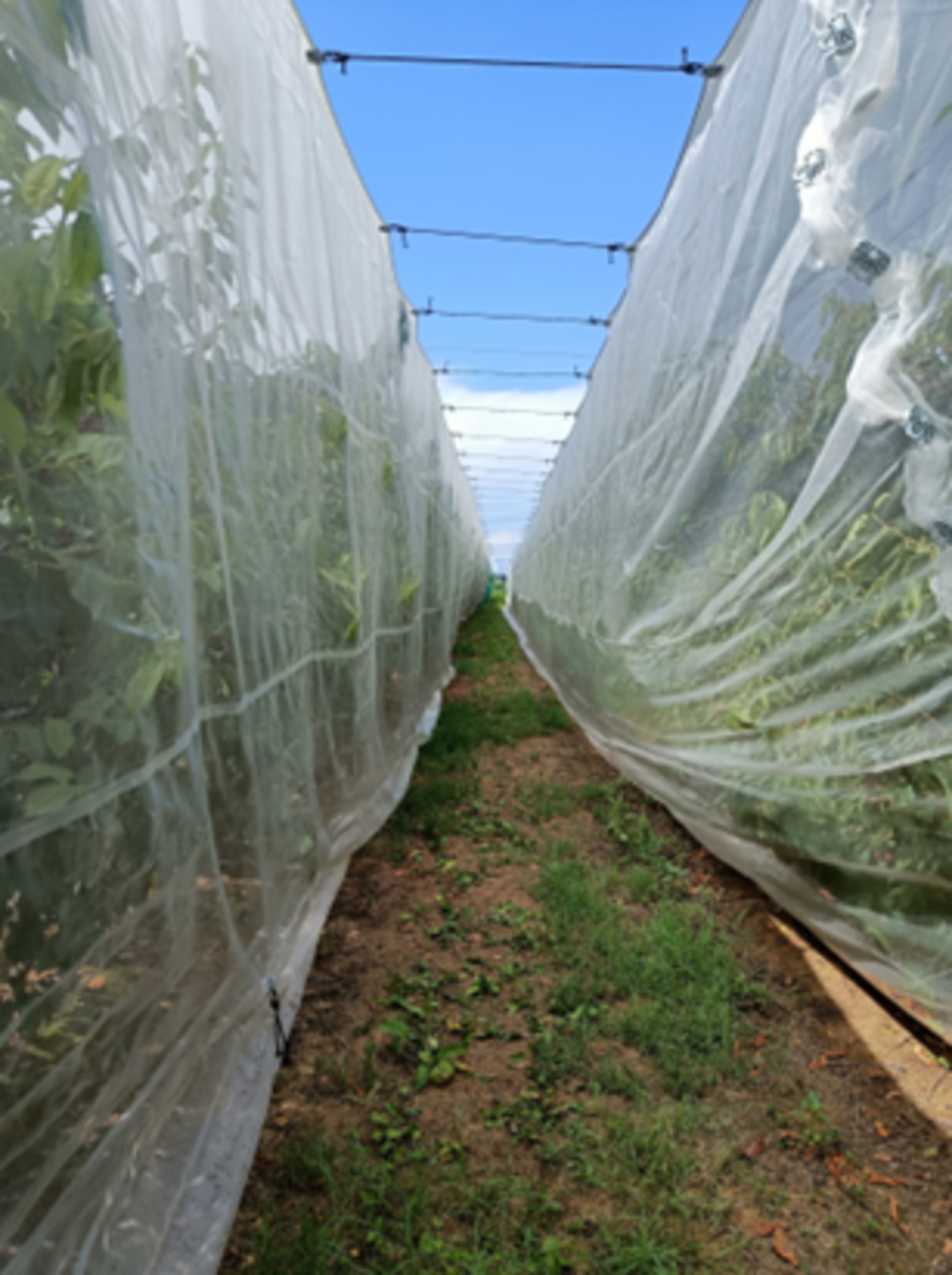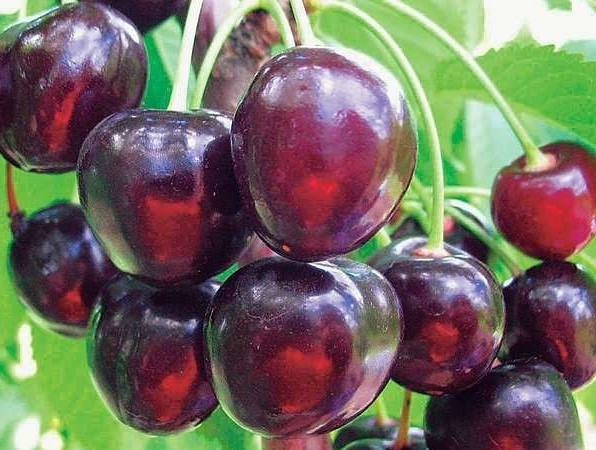In Chillán and Quillón, almost 300 INDAP users cultivate it, producing between 2,000 and 4,000 kilos. They are looking for better marketing channels and ways to spread its nutritional value.
"If the Chinese give away cherries, why don't we?" ask the cherry producers of Quillón. “This is the livelihood of our families and part of our history as farmers. We do not want the Corazón de Paloma variety to be lost, which is why we invite everyone to give cherries to their loved ones this Christmas," says Doris Fierro, secretary of the Farmer's Committee Corazón de Quillón.
In Plaza de Armas in Chillán, growers launched an unprecedented campaign to highlight the nutritional value and identity of the Corazón de Paloma cherry, a variety that, due to its organoleptic characteristics, is not chosen for export, but is preferred for domestic consumption by Ñuble families.
"Chile is known for being an exporter of cherries, with over 500,000 tons per season, according to the latest statistics provided by Odepa, featuring prominently on global tables during Christmas. Here, however, we have lost the old tradition of decorating our Christmas trees with cherries and making this delicious seasonal fruit the star of our summer desserts,” highlights Rodrigo García, the regional presidential delegate.
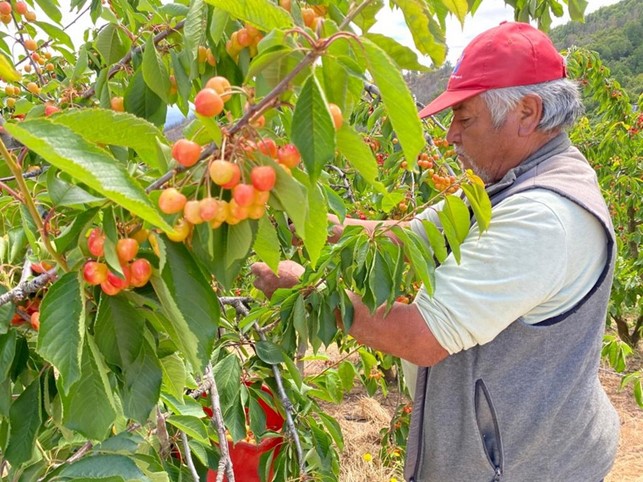 Image 1.
Image 1.
For her part, the regional director of INDAP, Fernanda Azócar, emphasizes that “on this occasion, we want to promote the variety traditionally known as Corazón de Paloma, cultivated by the Family Farming sector in the communes of Chillán and Quillón by approximately 300 INDAP users.
In this way, we benefit local producers with short marketing channels and local buyers, who seek excellent quality at a good price.
When we talk about crops of Family Farming, we are not only concerned with the productive aspect but also the entire cultural and social context behind it. In this case, the Corazón de Paloma cherry reflects a cultivation method and a biocultural landscape with specific characteristics that result in a product as beloved as this one.”
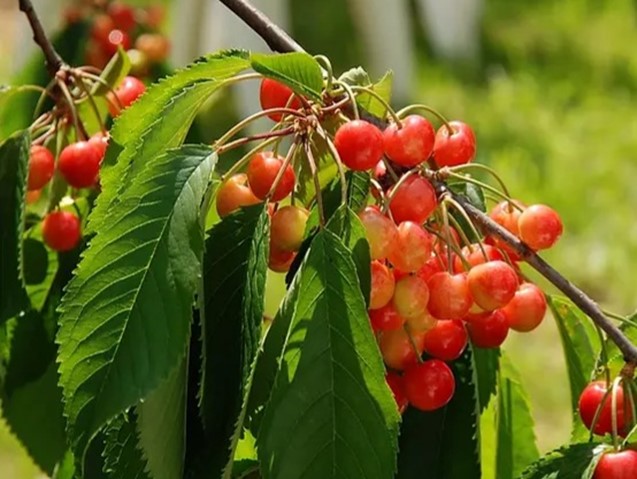 Image 2: The bicolored Corazón de Paloma cherry variety.
Image 2: The bicolored Corazón de Paloma cherry variety.
On this matter, the Minister of Agriculture, Antonio Arriagada, added that "besides encouraging people to consume cherries, we invite the residents of Ñuble to enjoy the best seasonal foods. With the arrival of spring and soon summer, Chile blooms with new varieties of fresh fruits and vegetables that add color, flavor, and vitality to our tables."
"Among the fruits, strawberries, cherries, and blueberries stand out, ideal for desserts and juices. As for vegetables, spring brings asparagus, artichokes, and lettuce, perfect for light salads and healthy dishes."
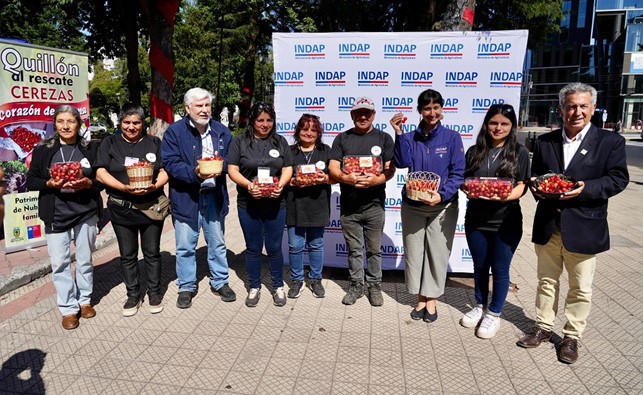 Image 3: Christmas promotional campaign for Corazón de Paloma cherries in Ñuble.
Image 3: Christmas promotional campaign for Corazón de Paloma cherries in Ñuble.
Ñuble is one of the last regions where orchards of the Corazón de Paloma cherry variety are present, with the largest area of productive orchards found in the commune of Quillón. In the region, there are approximately 300 INDAP users, mostly from Quillón (180) and Chillán (120), producing between 2,000 and 4,000 kilos.
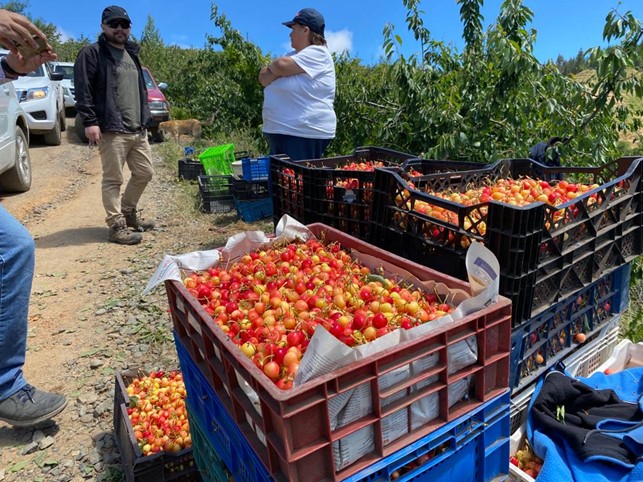 Image 4: Harvesting Corazón de Paloma cherries in Ñuble.
Image 4: Harvesting Corazón de Paloma cherries in Ñuble.
When selling to intermediaries in collection centers, small producers sell only 10% of their production, as labor costs and the low purchase value do not generate profitability.
The main characteristics of this variety are its sweet and sour taste and bicolored appearance, distinguishing it from other varieties. Many people prefer it for this reason. The light color of its skin makes it less attractive to pests that prefer red fruits, so the application load of agrochemicals is nearly zero, and it is produced under the concept of sustainable agriculture.
According to the results of a study conducted by the University of Concepción in collaboration with the Commune of Quillón to rescue this variety, the Corazón de Paloma cherry possesses unique and exceptional organoleptic and nutritional characteristics, such as high sugar content, acidity, and fruit texture, as well as its bicolored appearance that makes it even more appealing to consumers.
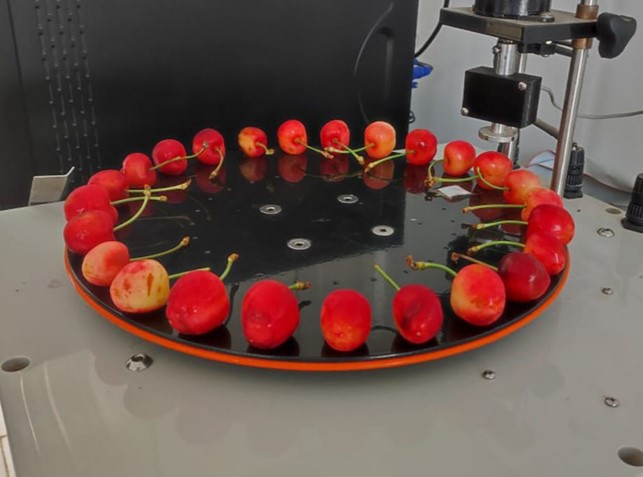 Image 5: Laboratory analysis of Corazón de Paloma cherry hardness at the University of Concepción.
Image 5: Laboratory analysis of Corazón de Paloma cherry hardness at the University of Concepción.
Although it is not a red variety, it has polyphenol values with antioxidant capacity equal to or greater than those of traditional varieties, and it stands out for its higher content of carotenoids. These nutritional attributes provide an advantage in terms of the contribution that consuming this fruit variety can have on diet and human health.
Source: Diario Frutícola
Images: Diario Frutícola; University of Concepción
Cherry Times - All rights reserved









